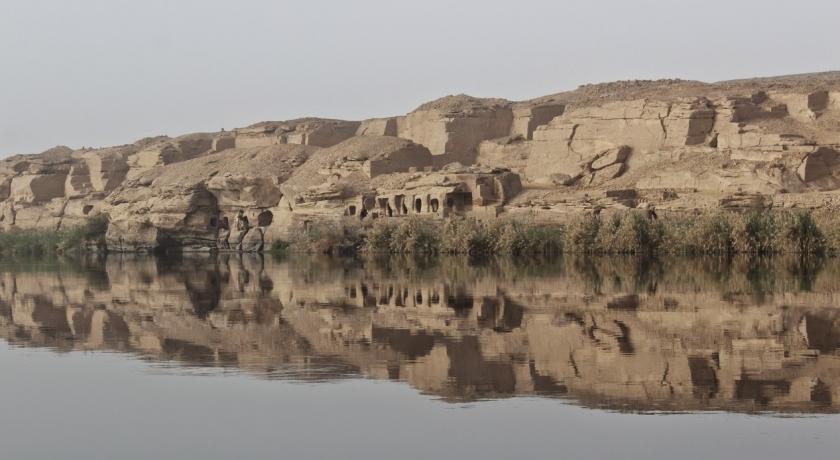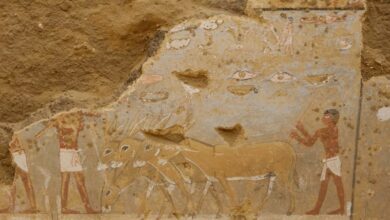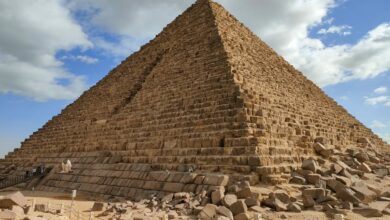
CNN Arabic has published two photojournalistic investigations on Egypt’s famed archaeological sites.
The first report, titled “His choice was not a coincidence … What is the secret of the last resting place for the kings of Egypt?” explores the Valley of the Kings in Upper Egypt, including its royal tombs with their unique and colorful inscriptions.
The second presents the quarries of Jabal al-Silsilah, one of the largest and most important quarries used in ancient Egypt for cutting sandstone, and is called “A miracle to look at: Discover the largest quarries in ancient Egypt”.
The first piece looks at the location of the valley, and poses an answer as to why the ancient Egyptians chose it to be a royal cemetery for the rulers of the modern state.
It also explores the tomb of King Tutankhamun, which was discovered in the 1920s, in addition to other tombs of great kings such as Ramses IV, Ramses IX, the Ramses III, Ramses V, and Ramses VI.
The investigation includes pictures of the photographer Evan Henares, who has 16 years of experience under his belt. Henares visited the tombs of the Valley of the Kings and considers them a landmark of human civilization.
The second report explores Jabal al-Silsila, a very rich sandstone quarry extending on both sides of the Nile River for about two kilometers from north to south.
The author points out that sandstone was used in the construction of the facilities of the modern state, with its temples and statues in Luxor and Karnak, as well as the temples of the Greco-Roman era.
This report features photos from British photographer Paul Fenton, who has, since 1998, sought to discover Egypt’s hidden sites. He believes that Egypt is full of wonderful unknown historical sites.
Fenton described the mountain chain as “a miracle to look at,” saying it looked more like an ancient monument in itself with its archaeological sculptures.
He added that the site is important because gives insight into the culture of work in the life of ancient Egyptians.
Pictured: Jabal al-Silsila




